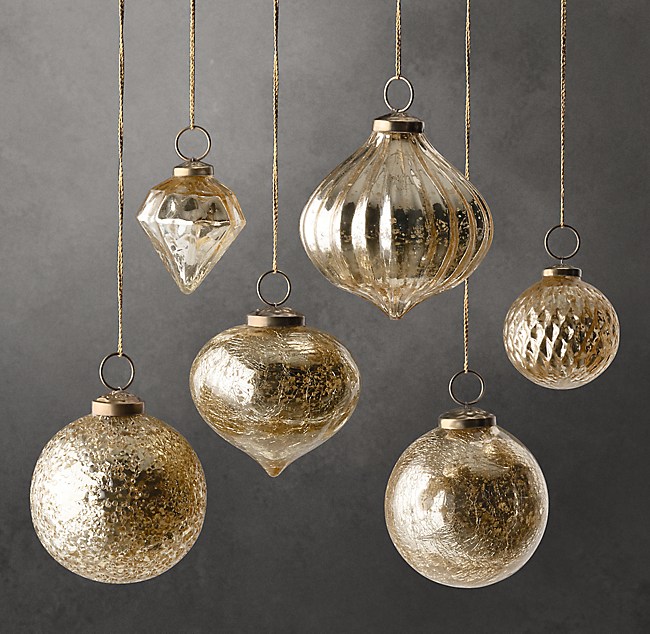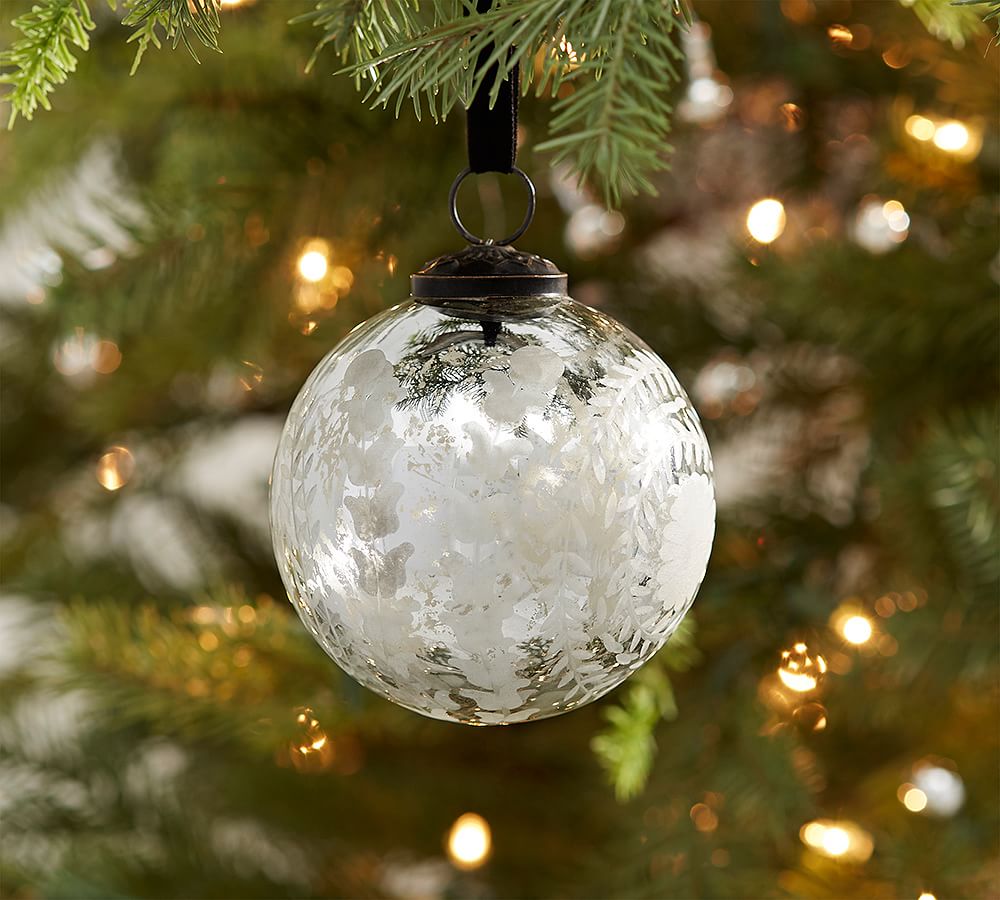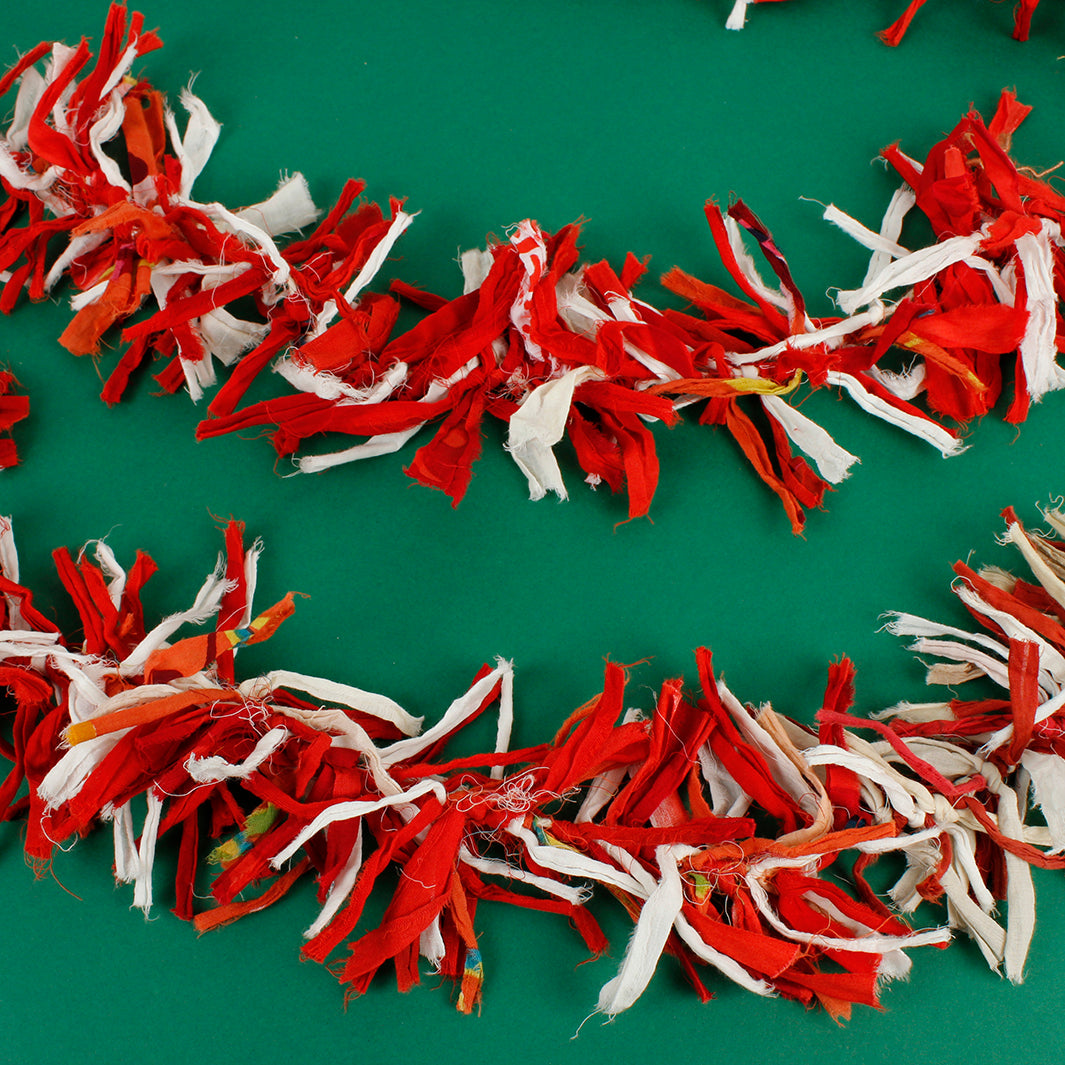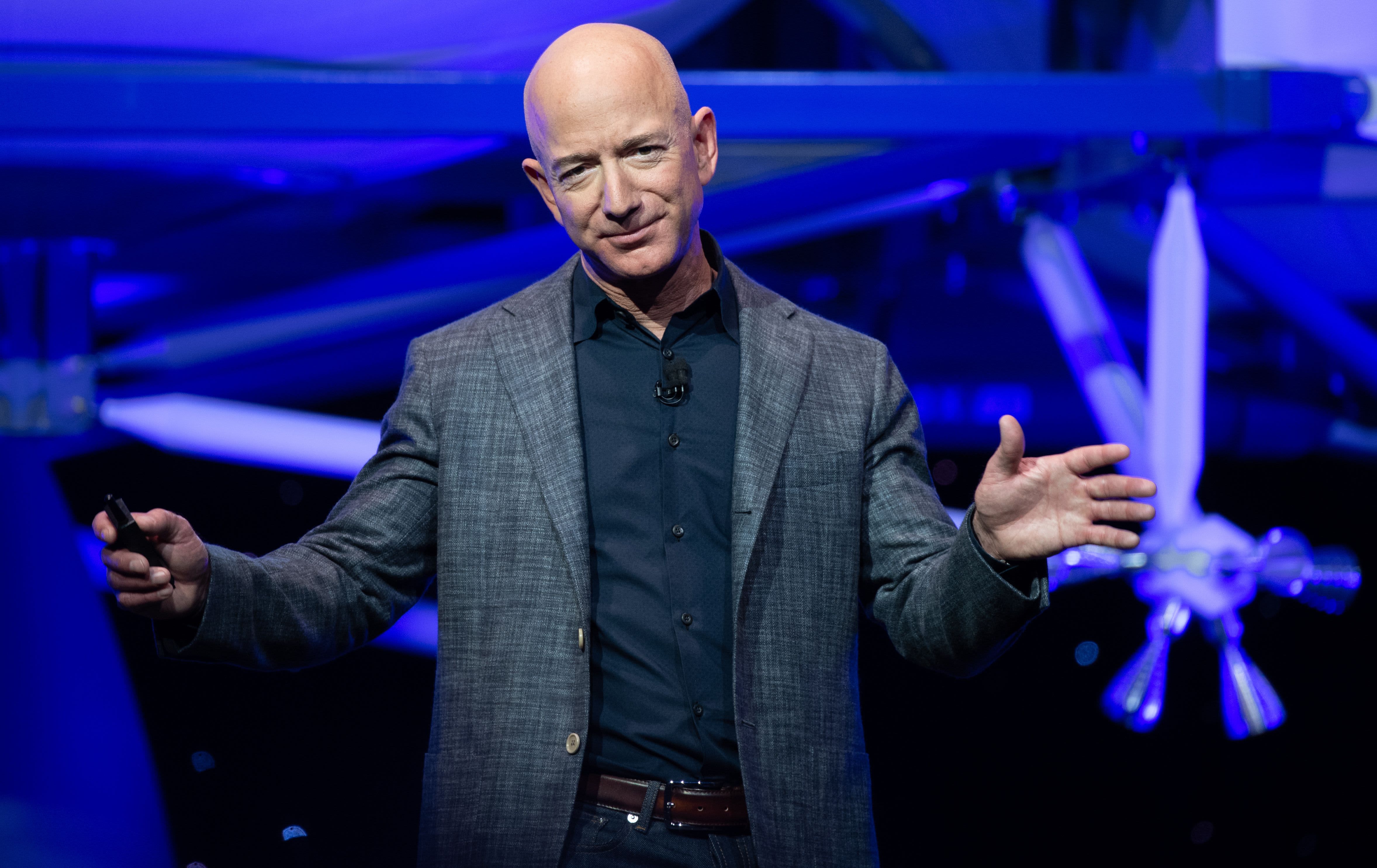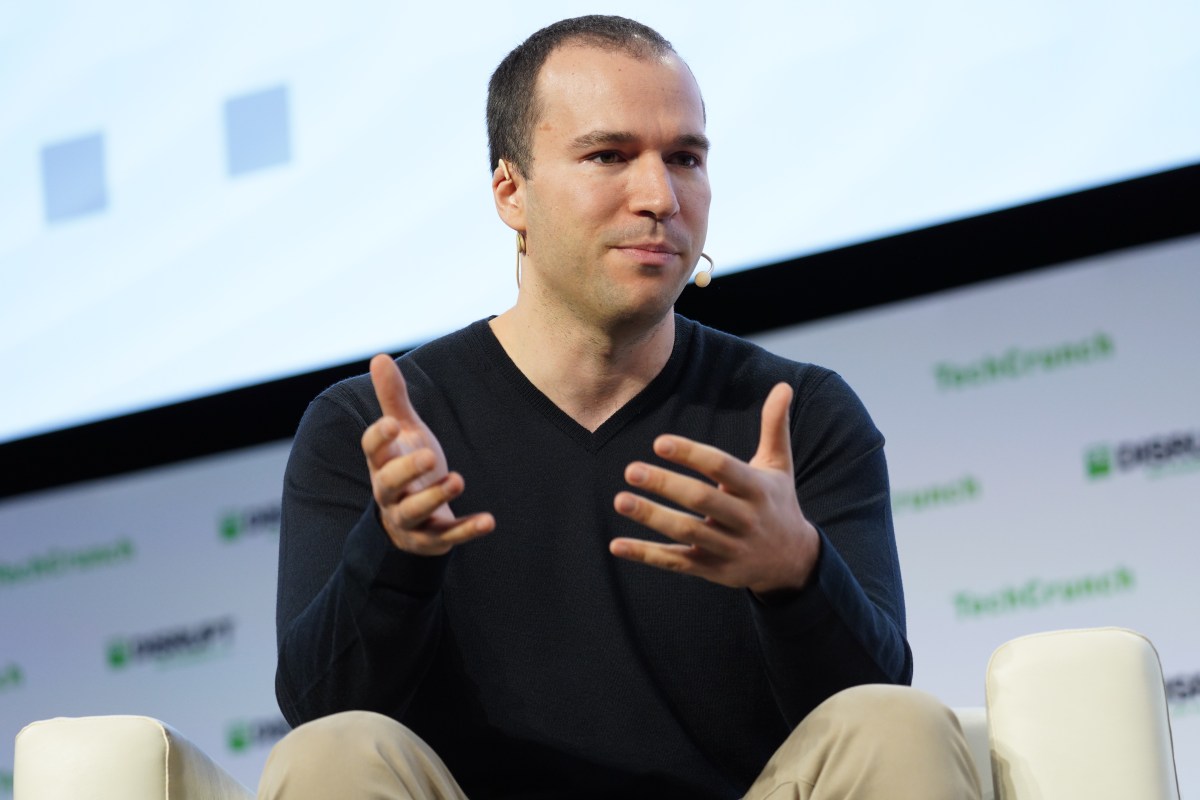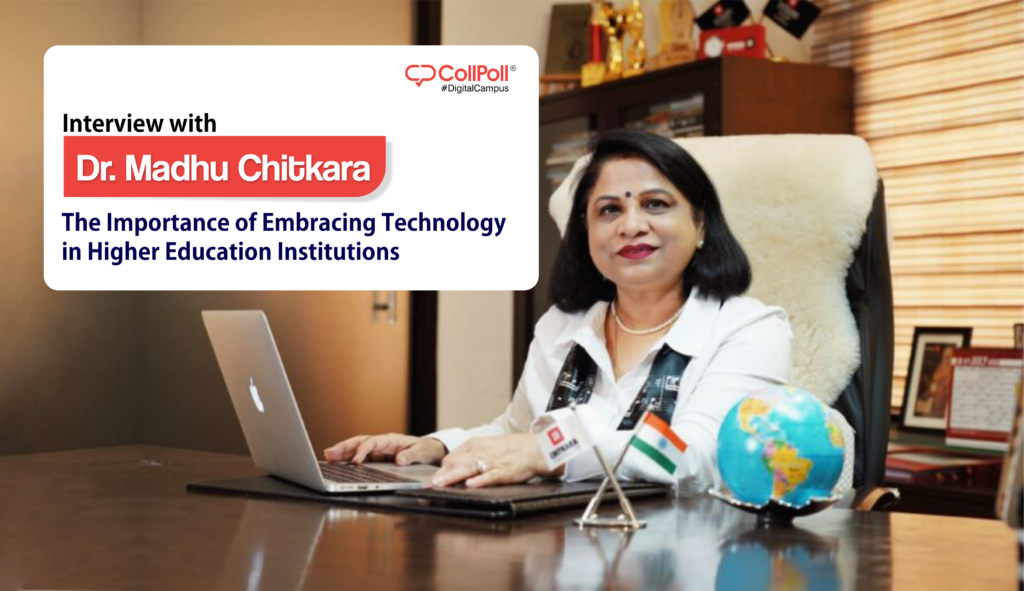Discover Pandipedia
Pandipedia is the world's first encyclopaedia of machine generated content approved by humans. You can contribute by simply searching and clicking/tapping on "Add To Pandipedia" in the answer you like. Learn More
Expand the world's knowledge as you search and help others. Go you!

To reduce anxiety, incorporating mindfulness practices such as meditation, yoga, and journaling can significantly enhance your mental state and manage stress effectively[1][4]. Regularly practicing deep breathing exercises, like the 4-7-8 technique, can also promote calmness and reduce tension[3].
Additionally, maintaining a structured daily routine, including proper sleep, physical activity, and a balanced diet, is crucial for managing anxiety[3][6]. Seeking professional help from a therapist or counselor can provide tailored strategies to address your anxiety[6], while cultivating supportive relationships can offer emotional support during challenging times[4].
Let's look at alternatives:
- Modify the query.
- Start a new thread.
- Remove sources (if manually added).
- Request a manual search from our human research team.
Let's look at alternatives:
- Modify the query.
- Start a new thread.
- Remove sources (if manually added).
- Request a manual search from our human research team.
Get more accurate answers with Super Search, upload files, personalised discovery feed, save searches and contribute to the PandiPedia.

pricing should be determined by competition. Competition should set where that is, not Google's own internal perception
MR. DAHLQUIST[1]
As quality improvements are being made.
MR. SCHMIDTLEIN[1]

If Google is a monopolist, why are they trying to improve anything? Just jack the price up.
MR. SCHMIDTLEIN[1]
Advertisers use those text ads to seek users who may be interested in a product or service.
Richard Holden[3]
The way competition comes in is through elasticity through how their advertisers react.
MR. DINTZER[2]
Let's look at alternatives:
- Modify the query.
- Start a new thread.
- Remove sources (if manually added).
- Request a manual search from our human research team.
Transcription: The Gemini 2.X model family, including Gemini 2.5 Pro and Flash, represents Google's next generation of AI, designed to power...
Let's look at alternatives:
- Modify the query.
- Start a new thread.
- Remove sources (if manually added).
- Request a manual search from our human research team.
Introduction and Context
As urban populations continue to rise and the availability of arable land decreases, innovative methods to produce food locally are becoming increasingly important. Urban algae farms are emerging as a promising solution for protein shortages. Studies and projects have highlighted the need for resilient and sustainable agri-food platforms that can operate on limited land. For example, a project described by ETH Zurich emphasizes the development of an urban microalgae‐based protein production system, specifically aimed at meeting food security needs in land‐scarce cities by using microalgae as a viable and sustainable protein source[1]. This approach is based on the recognition that urban areas demand novel systems to produce protein without competing for the limited land available for conventional agriculture.
Nutritional and Environmental Benefits
One of the key advantages of urban algae farming is the high nutritional value of algae-derived proteins. Research presented by the National Institutes of Health (NIH) underscores that microalgae offer a well-balanced amino acid profile, together with essential vitamins and polyunsaturated fatty acids, making them a high-quality protein source. Moreover, algae cultivation requires minimal land and resource inputs compared to traditional animal-based proteins or even commonly used plant proteins like soy[3]. This low resource demand is echoed by studies in the European literature, which report that algae protein production needs only a fraction of the land required for the production of meat, poultry, or even many plant-based alternatives[4]. In addition, an article from Anthropocene Magazine indicates that algae farming, when optimized, could generate protein yields that surpass the estimated total planetary protein demand for 2050, all while reducing freshwater and land pressures[2]. Such attributes make urban algae farms a highly attractive proposition for sustainable food production in modern cities.
Technological Innovations and Market Developments
Recent technological advancements have greatly contributed to the feasibility and appeal of urban algae farms. Innovations in cultivation methods—ranging from controlled indoor photobioreactors to novel extraction methods tailored for high yield and consistency—have helped improve the supply-chain eco-efficiency of algae-based products. For instance, various studies have experimented with methods of cultivating microalgae at scale while maintaining the delicate balance between rapid growth and stress-free production, which is essential for preserving the nutritional quality of the protein[3][4].
On the market side, innovative companies are capitalizing on algae’s potential to create products that cater not only to protein supplementation but also to food ingredients in meat alternatives and dairy substitutes. EU4Algae, an initiative supported by European stakeholders, has highlighted breakthroughs such as the development of protein-rich, chlorophyll-free Chlorella ingredients with neutral flavor profiles that can seamlessly integrate into a range of food products. In one example, a Danish company has introduced a white Chlorella ingredient that overcomes the previous limitations of strong flavors and dominant chlorophyll content, thereby broadening the scope for its application in analogues, baked goods, and dairy alternatives[5]. Such innovations underscore the versatility of algae-derived proteins and pave the way for their integration into urban food production systems.
Potential Impact on Urban Protein Supply
Integrating algae production into urban food systems could radically transform local protein supply chains. Urban algae farms offer the potential to produce protein locally, reducing reliance on long supply chains and lowering the environmental footprint associated with transporting food. Because microalgae can grow rapidly and under controlled conditions in compact spaces, they can be scaled to serve urban communities, providing consistent high-quality protein even in areas where traditional farming is not possible[1][4].
Moreover, given the pressing challenges of climate change and resource scarcity, the ability of algae to produce protein with very low water consumption and minimal fertilizer needs is especially pertinent. The ecological benefits of using microalgae are further amplified by their potential role in carbon sequestration during photosynthesis, thereby contributing to urban sustainability goals. These factors collectively position urban algae farms as an integral part of future food security strategies, particularly in densely populated, land-constrained cities.
Challenges and Future Outlook
Despite the promising potential, several challenges remain in making urban algae farms a widespread solution for protein shortages. Scaling production while ensuring product consistency, meeting regulatory standards, and overcoming consumer skepticism regarding algae-based food products are key issues that need further attention. Studies have noted that technical hurdles such as optimizing extraction and processing methods, as well as maintaining the nutritional integrity of algae protein during industrial-scale production, require ongoing research and development[3][4].
Furthermore, while technological innovations are rapidly emerging, the economic feasibility and cost effectiveness of widespread urban implementation are still under evaluation. However, the growing investments in research and the support from initiatives like those coordinated by EU4Algae suggest that these challenges are being actively addressed. With continuous improvements in cultivating and processing methods and increasing consumer acceptance driven by environmental concerns, urban algae farms appear to be a strong candidate for supplementing protein supplies in the future[5].
In conclusion, urban algae farms are not a panacea for all protein shortages, but they represent a significant and sustainable component of a broader food security strategy. They offer a viable alternative that combines high nutritional value with an environmentally friendly production process, potentially easing the strain on conventional agriculture in urban settings. As more research, innovation, and investment are directed towards overcoming the current challenges, the integration of algae-based protein production could become a critical element in addressing future protein demands.
Let's look at alternatives:
- Modify the query.
- Start a new thread.
- Remove sources (if manually added).
- Request a manual search from our human research team.
Pink Christmas Tree
A vibrant and playful alternative to traditional trees, emphasizing a cheerful holiday aesthetic[1].
Disco Ball Bauble
A sparkling ornament that captures the festive spirit while reflecting the ongoing disco trend[1][4].
Oversized Bows
Luxurious and statement-making decorations that can dominate the tree’s aesthetics this year[1][3].
Chrome Decorations
Shiny, reflective elements that enhance the tree's look, inspired by the 'Chrome-mas' trend[1][3].
Wooden Christmas Tree Decorations
Eco-friendly and timeless, they add a rustic feel to holiday decor[2].
Felt Critter Ornaments
Adorable handcrafted decorations inspired by woodland creatures, appealing for their charming, artisanal quality[3].
Vintage Christmas Decorations
Items that evoke nostalgia, including retro ornaments and classic Santa figurines, which are experiencing a resurgence[2][3].
Glass Christmas Ornaments
Elegant pieces that add a sophisticated touch to any festive tablescape[2].
Ceramic Christmas Trees
An alternative decoration option that fits beautifully in smaller spaces or as additional decor[2].
Christmas Village Sets
Miniature winter scenes that create a warm, inviting feel throughout the holiday season[2].
Gilded Acorns
Decorative elements reminiscent of the opulence found in past Christmas decor aesthetics, aligning with the regencycore trend[3][4].
Mercury Glass Ornaments
Stunning ornaments that add depth and a vintage touch to Christmas trees[4][5].
Snowball Decorations
Fluffy and fun elements that enhance the winter wonderland theme of holiday decorating[6].
Crochet Christmas Decorations
Handmade ornaments that introduce unique textures and a cozy ambiance, appealing to DIY enthusiasts[1].
Hand-painted Glass Baubles
Unique and elegant decorations that can personalize your Christmas tree[6].
Wool Felt Stockings
Charming and crafted pieces that enhance the traditional festive feel of a home[3].
Floral and Metallic Accents
A combination that brings sophistication and glamour to holiday decor, including silver, gold, or rose gold elements[3][5].
Upcycled Tinsel
A more sustainable take on the classic Christmas decoration, embodying the trend towards eco-friendly options[3].
Let's look at alternatives:
- Modify the query.
- Start a new thread.
- Remove sources (if manually added).
- Request a manual search from our human research team.
Get more accurate answers with Super Search, upload files, personalised discovery feed, save searches and contribute to the PandiPedia.
The Essence of Argentina's Belle Époque
Argentina's Belle Époque, a period of great splendor, occurred in the late 19th and early 20th centuries[2]. For Argentina, this era commenced with the presidency of Sarmiento, coinciding with the assassination of Urquiza in 1870 and the decline of the yellow fever epidemic in Buenos Aires[4]. The term 'Belle Époque' itself, meaning 'beautiful era' in French, wasn't coined during that time but emerged later, evoking a sense of nostalgia for a time of prosperity and optimism[4]. This epoch, often regarded as Argentina's 'golden years', brought about optimism, luxury, and technological advancements, fostering confidence in the future, increased well-being, rapid industrial growth, and an emphasis on consumption[4].
Factors Contributing to the Flourishing Belle Époque
Several factors contributed to Argentina's Belle Époque. The country experienced remarkable economic and cultural growth, becoming an attractive place to live and visit[2]. This period saw the development of industry and commerce and the growth of a middle class with improved living conditions[1]. There was significant expansion in transport and communications, along with scientific and technological progress, including inventions like the telephone and electricity[1]. Large-scale immigration flourished, although it also led to increased overcrowding in tenement houses[4]. The great daily newspapers of the early 20th century dedicated as many as four pages to job advertisements, reflecting a growing Argentina eager to showcase itself to the world during the May Revolution centennial celebrations in 1910[4].
Social and Political Dimensions
Beyond economic progress, Argentina's Belle Époque was characterized by social and political changes. A new social class, the bourgeoisie, emerged, comprising entrepreneurs, professionals, and merchants who experienced substantial economic growth and became the dominant class[1]. This era was marked by relative political stability in many European countries, but it also saw tensions and conflicts, particularly concerning imperial and colonial rivalries among European powers[1]. This was also a time in which women began to demand their rights in the public, labor, and educational spheres[4].
Artistic and Cultural Expressions
The nation experienced a cultural renaissance, with flourishing visual arts, literature, music, and theater[1]. Art Nouveau and Impressionism emerged as movements that sought to break with past artistic conventions[1]. Argentine tango gained prominence, and French styles influenced fashion and gastronomy[4]. The rise of the architecture, fashion, and gastronomy was evident[6]. The capital city of Buenos Aires saw the construction of majestic palaces and mansions and the rise of afrancesado style[4]. Also, was a time where art played a key role in expressing the exuberance and elegance of society[1]. Art of the Belle Époque had a fundamental role in expressing the exuberance and elegance of society[1]. Art Nouveau style, bright colors and themes of modern life, reflected the joy and vitality of the society[1].
Technological and Lifestyle Changes
Significant technological advancements reshaped daily life during the Belle Époque. The advent of electricity extended nightlife and expanded entertainment options[4]. The invention of the automobile led to unprecedented mobility, while the development of the first airplanes laid the foundation for modern aviation[1]. The invention of the telephone revolutionized long-distance communication, and the expansion of the railway and the construction of the underground contributed to ever more connected world[4]. These advancements enhanced the quality of life and changed how people lived and communicated[1].
The Inequities Amidst Progress
Despite the prevailing optimism, the benefits of progress were not evenly distributed[5]. While the upper classes enjoyed luxury and sophistication, the working class faced harsh conditions[14][4]. The period saw increasing tensions and conflicts between the working class and the dominant bourgeoisie[3]. Not all regions of Argentina shared in the economic prosperity, with growth concentrated around the port and a few interior provinces, exacerbating existing territorial disparities[5]. Modernization and backwardness were compatible during this period[5]. The surge in the architecture, fashion, and gastronomy, while remarkable, was not fully accessible to the lower class[7].
The End of an Era
The outbreak of World War I in 1914 marked the abrupt end of the Belle Époque[8]. The conflict had a devastating impact on Europe, ending the era of peace and prosperity[1]. The horrors of war and the resulting socio-political changes ushered in a new historical period[1]. Or as Daniel Balmaceda put it “The lights of the Belle Époque went out, and in 1914, a dark night spread over the world, marking the beginning of a new and somber stage in history”[4].
Let's look at alternatives:
- Modify the query.
- Start a new thread.
- Remove sources (if manually added).
- Request a manual search from our human research team.
Larry Page
Co-founder of Google and Alphabet Inc., known for developing the PageRank algorithm which transformed Internet search engines.
Steve Jobs
Co-founder of Apple Inc. and a major force in personal computing, known for products like the iPhone and iPad.

Elon Musk
Co-founder of Zip2, SpaceX, and Tesla, renowned for his ventures in space exploration and electric vehicles.
Mark Zuckerberg
Co-founder of Facebook, which revolutionized social networking, starting from his college dorm room.
Sergey Brin
Co-founder of Google, which transformed internet searching and became synonymous with the term 'Google it.'
Jeff Bezos
Founder of Amazon, which revolutionized online retail and expanded into various sectors including space with Blue Origin.
Bill Gates
Co-founder of Microsoft, a pioneer in PC software, and known for his problem-solving skills and philanthropy.
Jensen Huang
Co-founder and CEO of NVIDIA, recognized for innovations in graphics processing and AI technology.
Brian Chesky
Co-founder and CEO of Airbnb, which changed the hospitality industry by enabling home rentals worldwide.
Helen Yu
Founder and CEO of Tigon Advisory Corp, specializing in technology consulting and digital transformation strategies.
Andrew Ng
Co-founder of Google Brain and Coursera, recognized for his contributions to AI and making AI education accessible globally.
Greg Brockman
Co-founder and Chairman of OpenAI, significant contributor to AI research and development, including the Chat-GPT models.
Hayley Barna
Co-founder of Birchbox, known for revolutionizing the beauty subscription and e-commerce landscape.
Chip Huyen
Co-founder of Claypot AI, known for contributions to machine learning infrastructure and AI technology advancement.

Angelica Ross
Founder of TransTech Social Enterprises, empowering LGBTQ talent through tech skills and career training.

Arlan Hamilton
Established Backstage Capital, a venture fund investing in startups led by women, people of color, and LGBTQ founders.
Dhiraj Rajaram
Founder of Mu Sigma, recognized for his work in data analytics and decision sciences for Fortune 500 companies.
Prerna Gupta
Founder and CEO of Mysterious and Hooked, known for her impactful contributions to digital content and storytelling.

Akshaya Dinesh
Founder and CEO of Spellbound, recognized for her entrepreneurial spirit in creating interactive marketing services.
Dr. Madhu Chitkara
Advocate for academia-industry collaboration, enhancing industry-relevant skills in data science.

Stephanie Lampkin
Founded Blendoor, a recruiting tool aimed at reducing bias in hiring processes to increase diversity in tech.
Let's look at alternatives:
- Modify the query.
- Start a new thread.
- Remove sources (if manually added).
- Request a manual search from our human research team.
Let's look at alternatives:
- Modify the query.
- Start a new thread.
- Remove sources (if manually added).
- Request a manual search from our human research team.
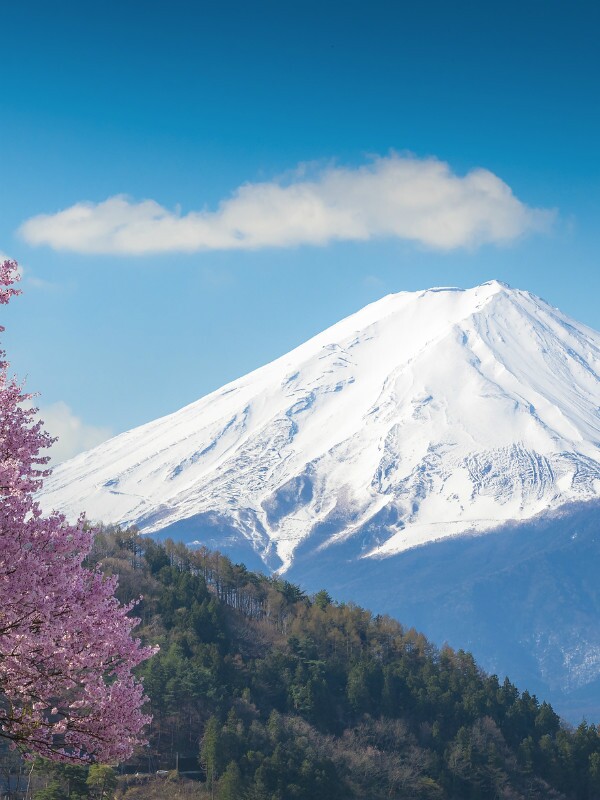
The best time to visit Japan is during spring (March to May) when the weather is mild, with temperatures generally ranging from 5°C to 20°C (40°F to 70°F), and the cherry blossoms are in bloom, offering a beautiful landscape and numerous cultural festivals to enjoy, such as the Takayama Festival and cherry blossom events[1][4]. However, if you prefer fewer crowds and lower prices, consider visiting in early spring (March to early April) or autumn (late October to November), both of which provide comfortable weather and are less congested compared to peak seasons like Golden Week[2][3][5].
Let's look at alternatives:
- Modify the query.
- Start a new thread.
- Remove sources (if manually added).
- Request a manual search from our human research team.






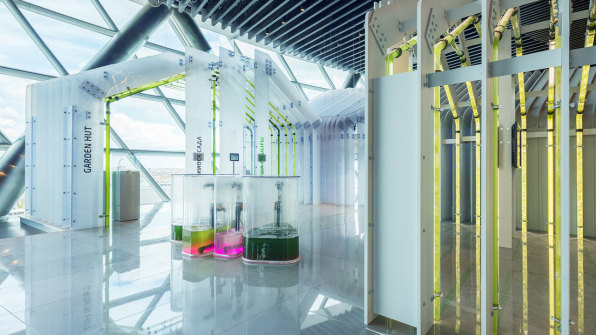
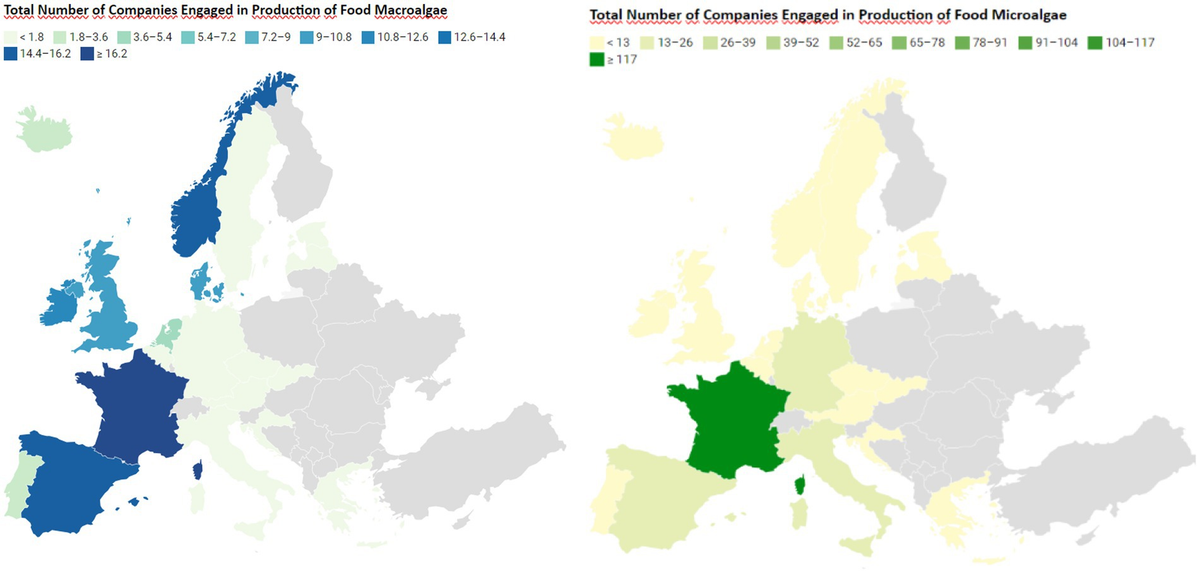
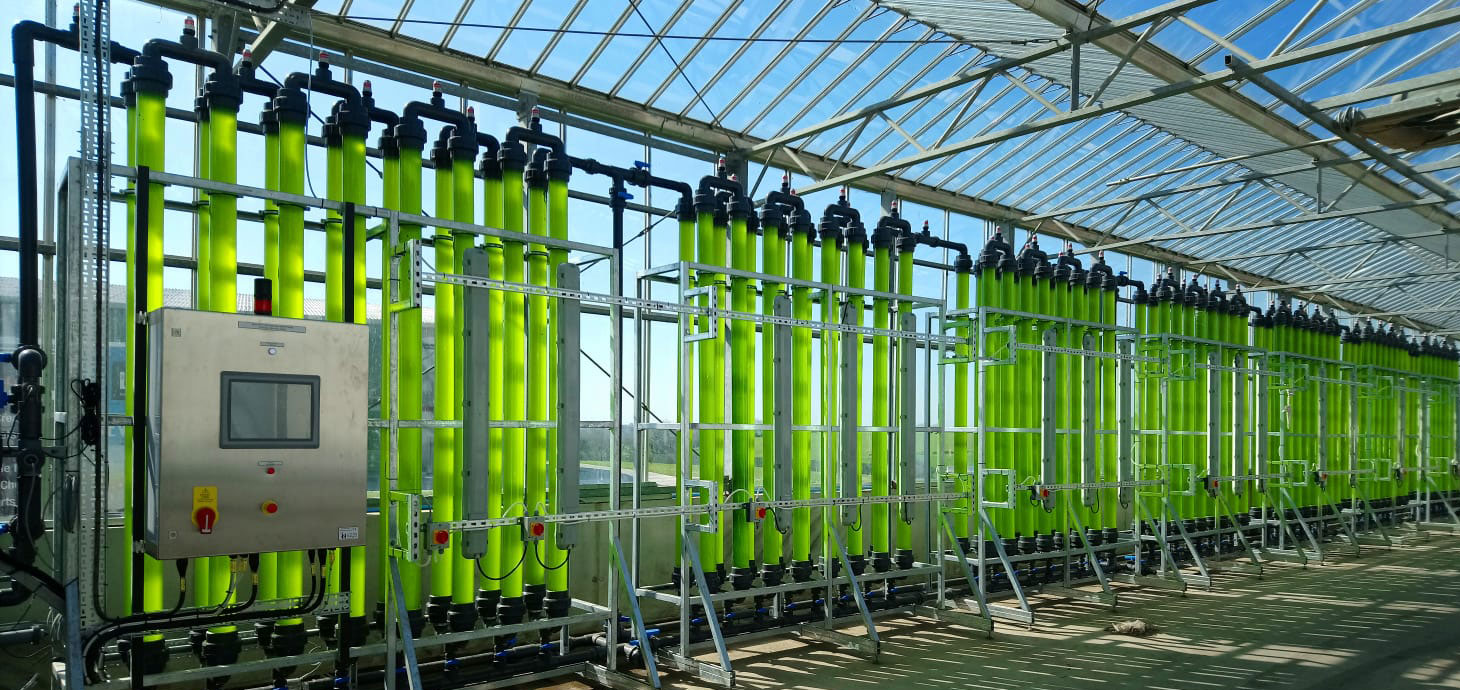
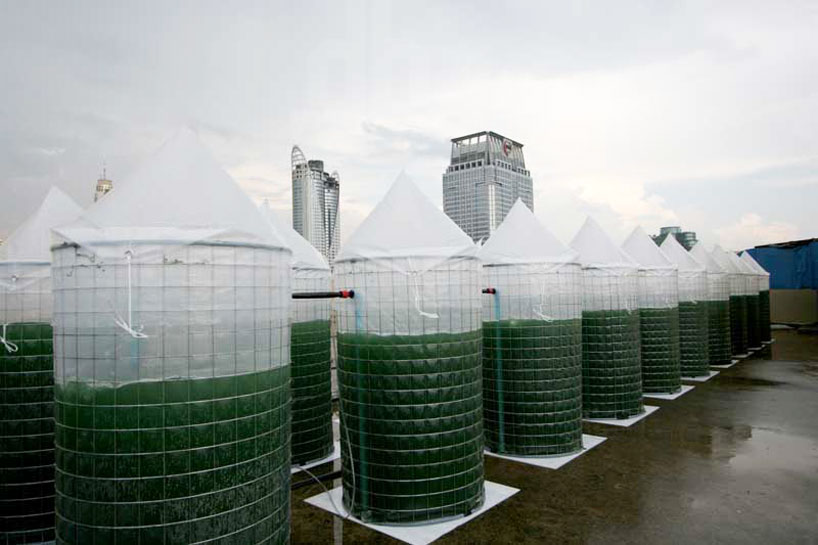




:strip_icc():format(webp)/102368159_preview2-1ecbca5e6ba34225a6e83b6481dbe19a.jpg)












:strip_icc():format(webp)/2301_BHG_SyndorChristmas_160_lights-1_preview1-8e25a68466b843e39d025c2472930612.jpg)












